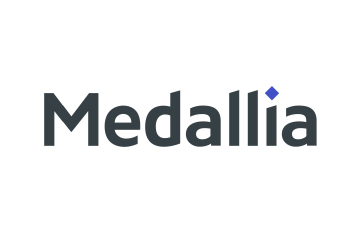Several AI-driven solution providers are calibrating programs to understand consumers all over the world and helping companies get more patrons
On September 27, 2022, commerce experience cloud Bloomreach launched the Bloomreach Discovery solution to offer French and German semantic understanding for customers in Canada, EMEA, and DACH regions. It will help consumers from these regions to connect with the products they are looking for – without language barriers – and eventually lead to an increase in revenue in the country.
The world comprises numerous languages, and for a business to succeed, it needs to cater to all. What does that mean for your tech?
English computer scientist Tim Burners-Lee, who invented the World Wide Web, has famously said that the computer does not truly understand any of the information it is fed. “[…] but it can now manipulate the terms much more effectively in ways that are useful and meaningful to the human user.”
A computer perceives every thought in binaries. However, by making the most of a machine’s ability to understand data through patterns, the machine is indirectly learning about the world. It interprets meanings and context. This phenomenon of feeding real-world data to a machine and allowing it to understand it like a human is Semantic Understanding.
Semantic analysis of natural language encapsulates the meaning of the given text while taking into account context, logical structuring of sentences, and grammar roles.
Let us take a look at how it works.
Parts of semantic analysis
- Lexical semantics is a huge part of semantic understanding – it allows machines to comprehend the connection between words. It also works on understanding the dictionary meaning of the utterances.
- Compositional semantic analysis works on understanding the meaning of the whole text as opposed to the meanings of individual words. Let’s take these two sentences, for instance – “John likes Wal-Mart”, and “Wal-Mart likes John”. While both these sentences have the same words, they mean entirely different things. Thus, it becomes essential for a machine to understand the changing semantics.
- In topic classification, the machines sort text according to predefined categories. For instance, semantic analysis at a food aggregator may help the machine understand if the problem is about a “damaged product” or a “payment issue.”
- Sentiment analysis helps machines understand a text’s basic range of emotions (positive, negative, and neutral). For example, segregating social media mentions to see how customers feel about your brand may help you reach aggrieved people on time.
- Intent classification involves tagging customers who are interested in your products.
- Depending on the context, a word might mean different things in a sentence. Word sense disambiguation involves understanding the meaning of a word in tandem with the context and where it occurs in the text. For instance, a ring might mean a piece of jewelry; it might also mean the sound of a telephone.
- Relationship extraction involves identifying various components of a sentence and then extracting the relationships between those entities. For instance, let us consider this sentence – Jeff Bezos owns Amazon. In this sentence, we understand that Jeff Bezos is an “owner” of a “company” called Amazon.
Is it the same for all languages?
English is not the only language in the world – only 13% of people speak it. For any good business to grow, it needs to be able to hear its customers irrespective of where they are located or what language they speak. Moreover, their feedback – from every nook and corner of the globe – will help a company flourish in the true sense.
In such a scenario, how does semantic analysis work? How well do machines work when it comes to translations? Do they pick up on cultural nuances, contextual knowledge, and colloquial language? Embedding a translation solution into the algorithm skips out on the nuances of language while translating them. It may fail to understand the voice of the customer, which is diverse.
Translation is already a challenging process. It goes beyond the mere transfer of words—a word-to-word translation will not do. Translations must deal with contrasts between basic linguistic building blocks such as grammar, syntax, semantics, lexicons, morphology, and tonality.
The market for such multi-faceted semantic analysis is emerging quickly.
Bloomreach has more than 12 years of commerce data which it fuses with AI for precise semantic understanding of the texts. With its Bloomreach Discovery solution, it can now tag speech and understand the intent of French and German consumers, thus giving companies an added advantage. Bloomreach is currently used by Bauhaus, FC Bayern Munich, Bosch, Carrefour, Puma, and Sonepar.
Multilingual semantic technologies
To do these tasks manually will take eons. But at the same time, it seems urgent to understand customers in different languages. This is where a multilingual semantic analysis solution steps in.
Repusate, an AI-powered sentiment technology solution provider, has built its program to analyze data in 23 languages and dialects through native natural language processing. The company claims its platform can process up to 1,000 reviews per second and provides accuracy in insights upwards of 85% for multilingual sentiment analysis. This software is used by several hospitality facilities in Europe – it sounds like a great idea, given there must be good international footfall.
Repustate’s semantic technologies calculate sentiment by applying language-specific rules to each piece of text. That means there isn’t one “true” algorithm; what works in English doesn’t necessarily apply to Hindi. It starts by tagging parts of speech in a text. It cross-refers with the existing vocabulary from its pre-tagged text to identify the correct meaning of the word.
The next step is lemmatization – understanding the word’s root in any language. This helps increase vocabulary and understand the grammatical extensions of every word. For example, in the words – loving, lover, and loved – love is the root, and the rest are conjugations. Repustate will learn terms like these from every language.
It then learns about the strong words with polarizing sentiments like love, hate, and despise. The Repustate program also studies amplifiers and negations for each language. Negations are mostly placed differently in every language – in some, they come ahead, while in others, they are centered or pushed back.
In its final state, Repustate uses machine learning to calculate a sentiment score that considers all the factors. Brief text with plenty of polarizing terms leads to a score closer to -1 (true negative) and 1 (true positive). A score of 0 or very close to 0 (±0.05) can be interpreted as being neutral – either there was no sentiment, or it was ambiguous.
Austrian AI-solutions provider Cortical.io has developed a software called SemanticPro and has patented technology called Semantic Folding theory. It converts text into a semantic fingerprint – a fine-grained, numeric representation that encodes all contexts of text and is computationally highly efficient.
This technology differentiates between various components of language based on as little as 100 annotated examples. It quickly uses cases in multiple languages.
Many insurance companies have used the program. It has helped them automate and expedite lengthy, labor-intensive workflows around quoting and submissions.
Going beyond understanding different languages, SemanticPro works on terminologies as well. It has helped financial organizations and large manufacturers comply with changing regulations while delivering fully explainable results.
If you liked reading this, you might like our other stories
Taking the Self-Service Route
BORIS, a Logistical Nightmare?








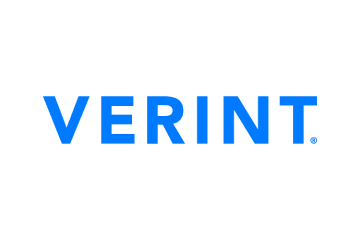
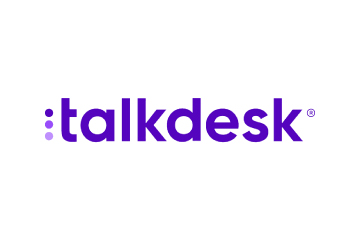

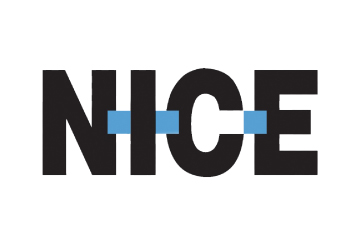


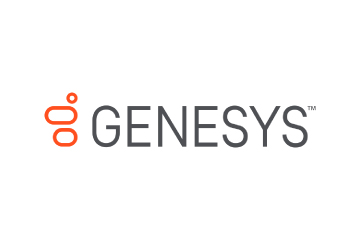
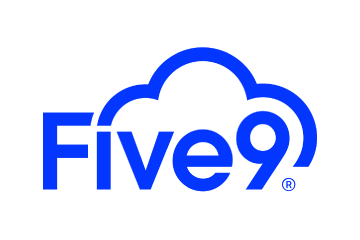


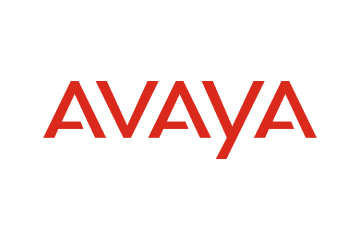
 Amplitude is a product analytics platform, enabling businesses to track visitors with the help of collaborative analytics. The platform leverages the capabilities of
Amplitude is a product analytics platform, enabling businesses to track visitors with the help of collaborative analytics. The platform leverages the capabilities of 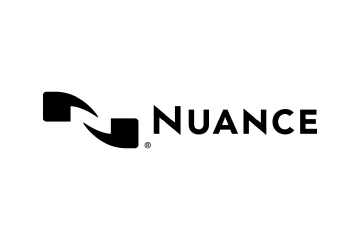

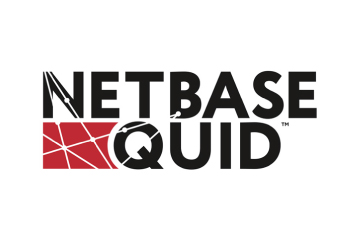

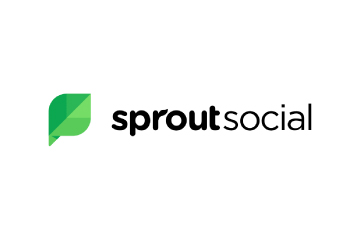
 Zoho Social, a part of Zoho’s suite of 50+ products, is a comprehensive social media management platform for businesses and agencies. The Zoho Social dashboard includes a robust set of features, such as Publishing Calendar, Bulk Scheduler, and Approval Management to offer businesses all the essential social media publishing tools. Its monitoring tools help enterprises track and respond to relevant social conversations.
Zoho Social, a part of Zoho’s suite of 50+ products, is a comprehensive social media management platform for businesses and agencies. The Zoho Social dashboard includes a robust set of features, such as Publishing Calendar, Bulk Scheduler, and Approval Management to offer businesses all the essential social media publishing tools. Its monitoring tools help enterprises track and respond to relevant social conversations.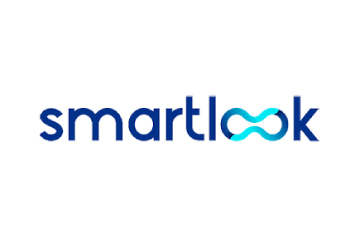

 Microsoft Dynamics 365 represents a robust cloud-based CRM solution with features such as pipeline assessment, relationship analytics, and conversational intelligence. It utilises AI-powered insights to provide actionable intelligence via predictive analytics, lead scoring, sentiment analysis, etc. Currently, Microsoft operates in 190 countries and is made up of more than 220,000 employees worldwide.
Microsoft Dynamics 365 represents a robust cloud-based CRM solution with features such as pipeline assessment, relationship analytics, and conversational intelligence. It utilises AI-powered insights to provide actionable intelligence via predictive analytics, lead scoring, sentiment analysis, etc. Currently, Microsoft operates in 190 countries and is made up of more than 220,000 employees worldwide.
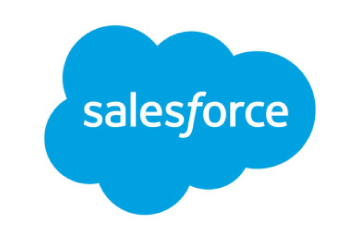
 HubSpot is an inbound marketing, sales, and customer service software provider, offering robust CRM and automation solutions. Some of its products include Marketing Hub, Sales Hub, Operations Hub, Content Hub, Commerce Hub, Marketing Analytics and Dashboard Software. Guided by its inbound methodology, HubSpot enables companies to prioritise innovation and customer success.
HubSpot is an inbound marketing, sales, and customer service software provider, offering robust CRM and automation solutions. Some of its products include Marketing Hub, Sales Hub, Operations Hub, Content Hub, Commerce Hub, Marketing Analytics and Dashboard Software. Guided by its inbound methodology, HubSpot enables companies to prioritise innovation and customer success.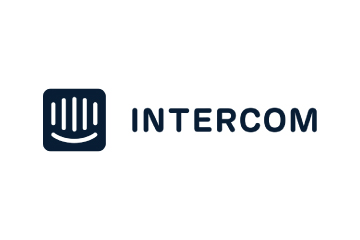
 Monday.com is a project management software company, offering a cloud-based platform that enables businesses
Monday.com is a project management software company, offering a cloud-based platform that enables businesses 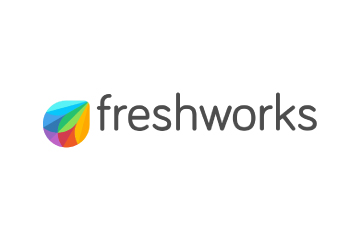 Headquartered in San Mateo, California, Freshworks is a global AI-powered business software provider. Its tech stack includes a scalable and comprehensive suite for IT, customer support, sales, and marketing teams, ensuring value for immediate business impact. Its product portfolio includes Customer Service Suite, Freshdesk, Freshchat, Freshcaller, Freshsuccess, and Freshservice. Freshservice for Business Teams has helped several global organisations to enhance their operational efficiency.
Headquartered in San Mateo, California, Freshworks is a global AI-powered business software provider. Its tech stack includes a scalable and comprehensive suite for IT, customer support, sales, and marketing teams, ensuring value for immediate business impact. Its product portfolio includes Customer Service Suite, Freshdesk, Freshchat, Freshcaller, Freshsuccess, and Freshservice. Freshservice for Business Teams has helped several global organisations to enhance their operational efficiency.
 Talkdesk offers an innovative AI-powered customer-centric tech stack to its global partners. The company provides generative AI integrations, delivering industry-specific solutions to its customers. Talkdesk CX Cloud and Industry Experience Clouds utilise modern machine learning and language models to enhance contact centre efficiency and client satisfaction.
Talkdesk offers an innovative AI-powered customer-centric tech stack to its global partners. The company provides generative AI integrations, delivering industry-specific solutions to its customers. Talkdesk CX Cloud and Industry Experience Clouds utilise modern machine learning and language models to enhance contact centre efficiency and client satisfaction.



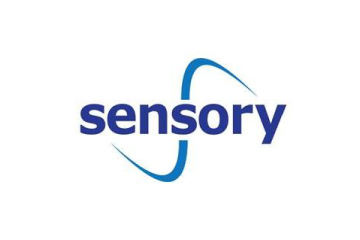
 The company offers comprehensive cloud-based solutions, such as Microsoft Dynamics 365, Gaming Consoles, Microsoft Advertising, Copilot, among other things, to help organisations offer enhanced CX and ROI. Its generative-AI-powered speech and voice recognition solutions,such as Cortana and Azure Speech Services empowers developers to build intelligent applications.
The company offers comprehensive cloud-based solutions, such as Microsoft Dynamics 365, Gaming Consoles, Microsoft Advertising, Copilot, among other things, to help organisations offer enhanced CX and ROI. Its generative-AI-powered speech and voice recognition solutions,such as Cortana and Azure Speech Services empowers developers to build intelligent applications. IBM is a global hybrid cloud and AI-powered
IBM is a global hybrid cloud and AI-powered  Uniphore is an enterprise-class, AI-native company that was incubated in 2008. Its enterprise-class multimodal AI and data platform unifies all elements of voice, video, text and data by leveraging Generative AI, Knowledge AI, Emotion AI and workflow automation. Some of its products include U-Self Serve, U-Assist, U-Capture, and U-Analyze. Its Q for Sale is a conversational intelligence software that guides revenue teams with AI-powered insights, offering clarity on how to effectively keep prospects engaged.
Uniphore is an enterprise-class, AI-native company that was incubated in 2008. Its enterprise-class multimodal AI and data platform unifies all elements of voice, video, text and data by leveraging Generative AI, Knowledge AI, Emotion AI and workflow automation. Some of its products include U-Self Serve, U-Assist, U-Capture, and U-Analyze. Its Q for Sale is a conversational intelligence software that guides revenue teams with AI-powered insights, offering clarity on how to effectively keep prospects engaged. Google Cloud accelerates every organisation’s ability to digitally transform its business. Its enterprise-grade solutions leverage modern technology to solve the most criticial business problems
Google Cloud accelerates every organisation’s ability to digitally transform its business. Its enterprise-grade solutions leverage modern technology to solve the most criticial business problems  8×8 offers out-of-the-box contact centre solutions, assisting all-size businesses to efficiently meet customer needs and preferences. It offers custom CRM integrations support and integrates effortlessly with third-party CRMs like Salesforce, Microsoft Dynamics, Zendesk, and more. Offering global support in all time zones & development teams in 5 continents, its patented geo-routing solution ensures consistent voice quality.
8×8 offers out-of-the-box contact centre solutions, assisting all-size businesses to efficiently meet customer needs and preferences. It offers custom CRM integrations support and integrates effortlessly with third-party CRMs like Salesforce, Microsoft Dynamics, Zendesk, and more. Offering global support in all time zones & development teams in 5 continents, its patented geo-routing solution ensures consistent voice quality. Sprinklr is a comprehensive enterprise software company for all customer-focused functions. With advanced AI, Sprinklr’s unified customer experience management (Unified-CXM) platform lets organisations offer human experiences to every customer, every time, across any modern channel.
Sprinklr is a comprehensive enterprise software company for all customer-focused functions. With advanced AI, Sprinklr’s unified customer experience management (Unified-CXM) platform lets organisations offer human experiences to every customer, every time, across any modern channel.


 Upland offers a comprehensive suite of contact centre and customer service solutions with products including InGenius, Panviva, Rant & Rave, and RightAnswers. InGenius enables organisations to connect their existing phone system with CRM, further enhancing agent productivity. Panviva provides compliant and omnichannel capabilities for highly regulated industries. Whereas, Rant & Rave, and RightAnswers are its AI-powered solutions,
Upland offers a comprehensive suite of contact centre and customer service solutions with products including InGenius, Panviva, Rant & Rave, and RightAnswers. InGenius enables organisations to connect their existing phone system with CRM, further enhancing agent productivity. Panviva provides compliant and omnichannel capabilities for highly regulated industries. Whereas, Rant & Rave, and RightAnswers are its AI-powered solutions, 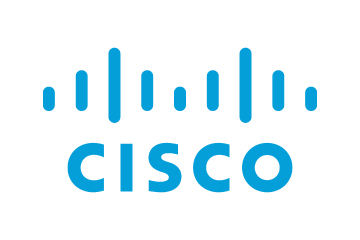

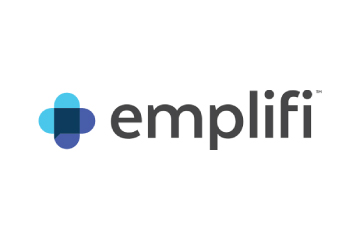
 Hootsuite, headquartered in Vancouver, is a social media management platform that streamlines the process of managing multiple social media accounts. Some of its core offerings include social media content planning and publishing, audience engagement tools, analytics and social advertising. Its easy-to-integrate capabilities help marketing teams to schedule and publish social media posts efficiently.
Hootsuite, headquartered in Vancouver, is a social media management platform that streamlines the process of managing multiple social media accounts. Some of its core offerings include social media content planning and publishing, audience engagement tools, analytics and social advertising. Its easy-to-integrate capabilities help marketing teams to schedule and publish social media posts efficiently.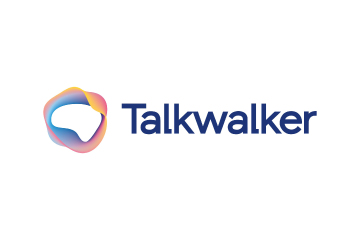
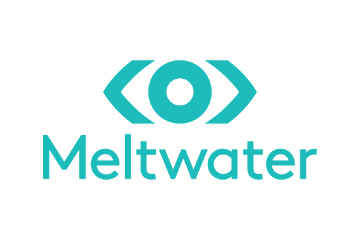
 Brandwatch enables businesses to build and scale the optimal strategy for their clients with intuitive, use-case-focused tools that are easy and quick to master. Bringing together consumer intelligence and social media management, the company helps its users react to the trends that matter, collaborate on data-driven content, shield the brand from threats and manage all the social media channels at scale.
Brandwatch enables businesses to build and scale the optimal strategy for their clients with intuitive, use-case-focused tools that are easy and quick to master. Bringing together consumer intelligence and social media management, the company helps its users react to the trends that matter, collaborate on data-driven content, shield the brand from threats and manage all the social media channels at scale.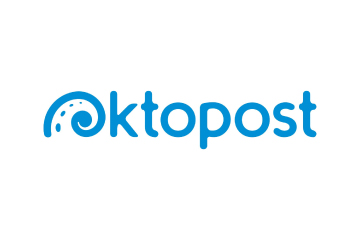

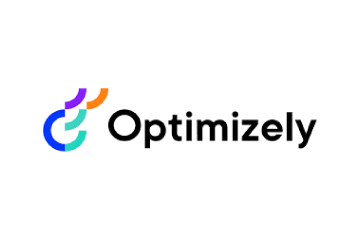
 Adobe Experience Cloud offers a comprehensive set of applications, capabilities, and services specifically designed to address day-to-day requirement for personalised customer experiences at scale. Its platform helps play an essential role in managing different digital content or assets to improve customer happiness. Its easy-to-optimise content gives users appropriate marketing streams, ensuring product awareness.
Adobe Experience Cloud offers a comprehensive set of applications, capabilities, and services specifically designed to address day-to-day requirement for personalised customer experiences at scale. Its platform helps play an essential role in managing different digital content or assets to improve customer happiness. Its easy-to-optimise content gives users appropriate marketing streams, ensuring product awareness.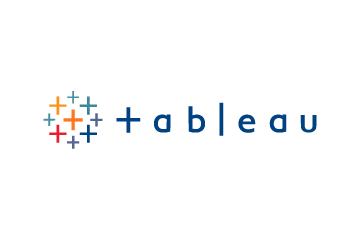 Salesforce-owned Tableau is an AI-powered analytics and business intelligence platform, offering the breadth and depth of capabilities that serve the requirements of global enterprises in a seamless, integrated experience. Marketers can utilise generative AI models, AI-powered predictions, natural language querying, and recommendationsons.
Salesforce-owned Tableau is an AI-powered analytics and business intelligence platform, offering the breadth and depth of capabilities that serve the requirements of global enterprises in a seamless, integrated experience. Marketers can utilise generative AI models, AI-powered predictions, natural language querying, and recommendationsons.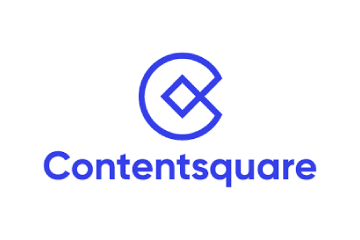 Contentsquare is a cloud-based digital experience analytics platform, helping brands track billions of digital interactions, and turn those digital
Contentsquare is a cloud-based digital experience analytics platform, helping brands track billions of digital interactions, and turn those digital 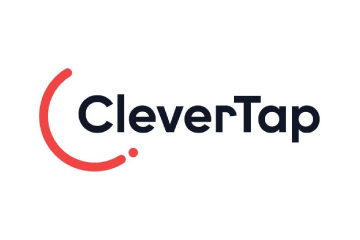
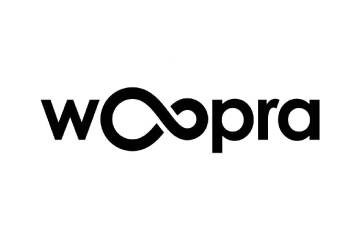
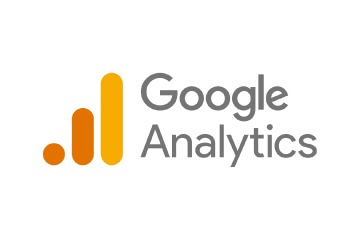
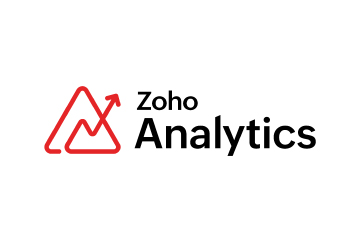 Zoho Corporation offers innovative and tailored software to help leaders grow their business. Zoho’s 55+ products aid sales and marketing, support and collaboration, finance, and recruitment requirements. Its customer analytics capabilities come with a conversational feature, Ask Zia. It enables users to ask questions and get insights in the form of reports and widgets in real-time.
Zoho Corporation offers innovative and tailored software to help leaders grow their business. Zoho’s 55+ products aid sales and marketing, support and collaboration, finance, and recruitment requirements. Its customer analytics capabilities come with a conversational feature, Ask Zia. It enables users to ask questions and get insights in the form of reports and widgets in real-time. Fullstory is a behavioural data platform, helping C-suite leaders make informed decisions by injecting digital behavioural data into its analytics stack. Its patented technology uncovers the power of quality behavioural data at scale, transforming every digital visit into actionable insights. Enterprises can increase funnel conversion and identify their highest-value customers effortlessly.
Fullstory is a behavioural data platform, helping C-suite leaders make informed decisions by injecting digital behavioural data into its analytics stack. Its patented technology uncovers the power of quality behavioural data at scale, transforming every digital visit into actionable insights. Enterprises can increase funnel conversion and identify their highest-value customers effortlessly.
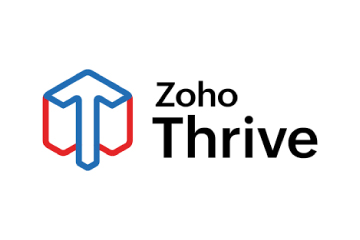
 Started in 2005 in a Sweden-based small town, Norrköping, Voyado offers a customer experience cloud platform that includes a customer loyalty management system. This platform helps businesses design and implement customer loyalty programs, track customer
Started in 2005 in a Sweden-based small town, Norrköping, Voyado offers a customer experience cloud platform that includes a customer loyalty management system. This platform helps businesses design and implement customer loyalty programs, track customer 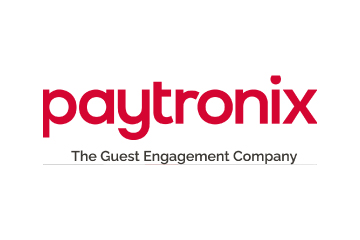
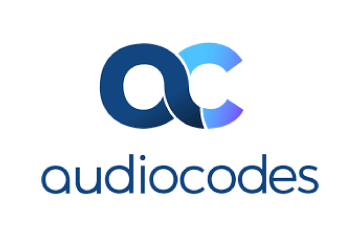


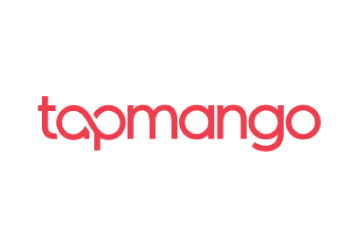 TapMango provides a comprehensive, customisable, flexible and feature-rich customer loyalty program. The loyalty tools include an integrated suite of customised consumer-facing technology, easy-to-use merchant tools, and automation algorithms, all aimed at enhancing customer experience. Adaptable to any industry, TapMango’s platform helps merchants compete with larger chains, converting customer one-time purchases into profitable spending habits.
TapMango provides a comprehensive, customisable, flexible and feature-rich customer loyalty program. The loyalty tools include an integrated suite of customised consumer-facing technology, easy-to-use merchant tools, and automation algorithms, all aimed at enhancing customer experience. Adaptable to any industry, TapMango’s platform helps merchants compete with larger chains, converting customer one-time purchases into profitable spending habits.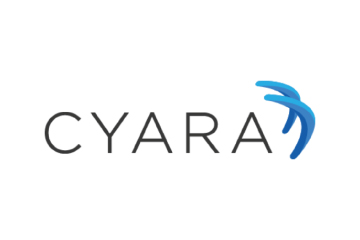
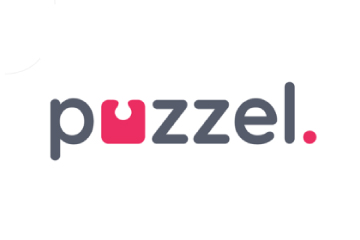
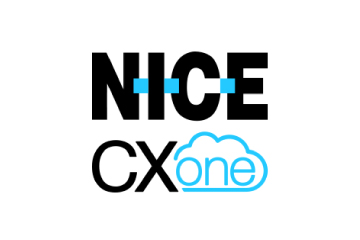
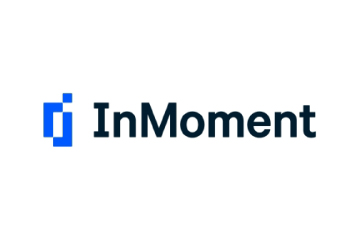

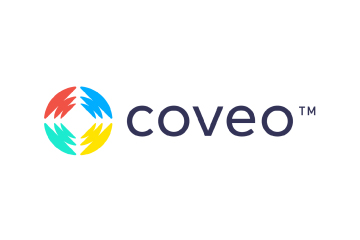
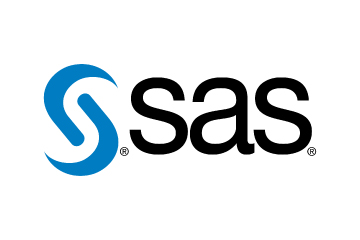
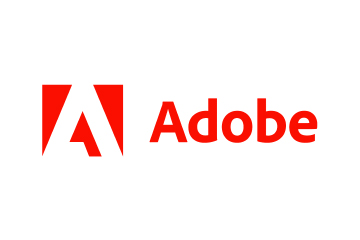 Adobe Experience Cloud offers a comprehensive set of applications, capabilities, and services specifically designed to address day-to-day requirements for personalised customer experiences at scale. Its innovative platform has played an essential role in managing different digital content or assets, to improve customer happiness or satisfaction. Some of its products include Adobe Gen Studio, Experience Manager Sites, Real-time CDP, and Marketo Engage.
Adobe Experience Cloud offers a comprehensive set of applications, capabilities, and services specifically designed to address day-to-day requirements for personalised customer experiences at scale. Its innovative platform has played an essential role in managing different digital content or assets, to improve customer happiness or satisfaction. Some of its products include Adobe Gen Studio, Experience Manager Sites, Real-time CDP, and Marketo Engage.